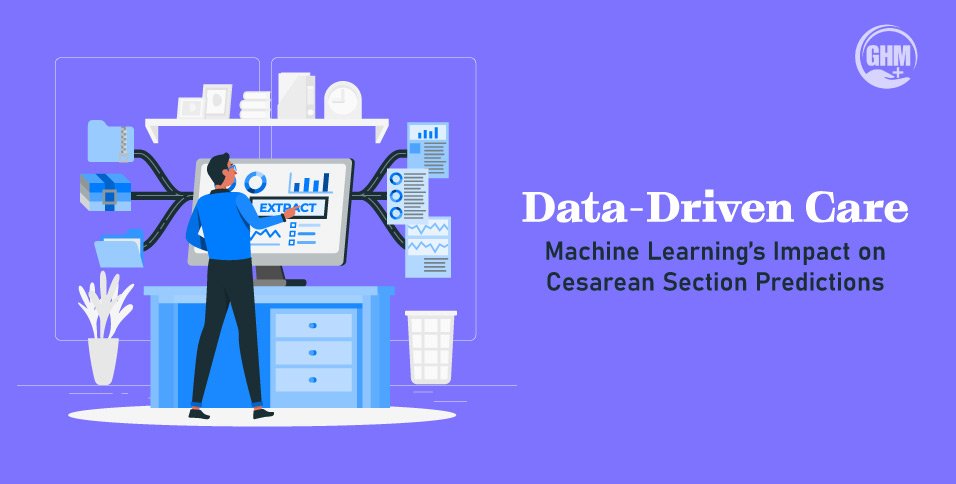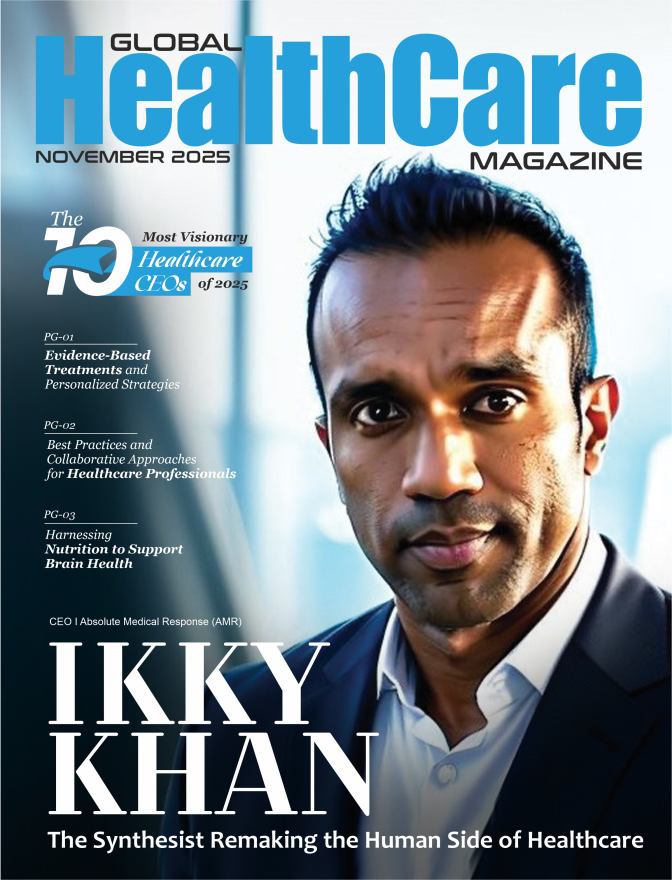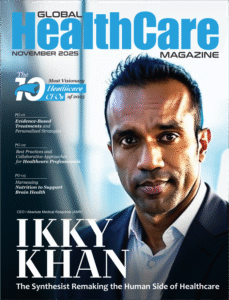The rise in cesarean section (CS) rates worldwide has prompted concerns about maternal and neonatal health. In particular, unplanned or emergent CS during labor poses risks to both mother and baby. However, the field of obstetrics is now benefiting from the power of machine learning methods to predict and mitigate these risks. In this blog, we will explore how machine learning methods have made it possible to accurately predict emergency cesarean sections, providing a new level of assurance and personalized care for expectant mothers.
How Machine Learning is Changing Obstetrics
Improving Accuracy
One of the primary challenges in obstetrics has been accurately predicting the need for an emergency CS during labor. Traditional methods relied on manual assessments and subjective judgments. Machine learning, on the other hand, utilizes a combination of maternal and fetal clinical data, as well as ultrasound measurements, to make these predictions. This comprehensive approach significantly improves accuracy.
Identifying Risk Factors
Machine learning models are designed to analyze vast amounts of data, allowing them to identify risk factors that may not be immediately evident to healthcare professionals. These models take into account variables such as maternal age, gestational age, fetal biometry data, and the presence of conditions like gestational diabetes or pregnancy-associated hypertension. By considering all these factors, machine learning can make more precise predictions.
External Validation
One of the critical aspects of machine learning in obstetrics is external validation. This means that the models are tested and confirmed using data from various sources and populations. In the case of predicting emergency CS, external validation ensures that the model’s accuracy is consistent across different settings and ethnic backgrounds. This level of validation enhances the reliability of predictions.
Motivating Maternal Weight Management
One surprising finding from machine learning models is the role of maternal weight. These models have shown that pregestational maternal weight is significantly associated with the risk of emergency CS. This information empowers expectant mothers to take control of their health during pregnancy by managing their weight. This is a controllable factor that can positively influence the outcome of labor.
Timing Labor Induction
Timing is crucial in obstetrics, especially for nulliparous women (those giving birth for the first time). Machine learning models provide insights into when labor induction may be necessary, taking into account factors like fetal biometry and maternal health. This ensures that labor induction occurs at the right time, reducing the chances of an emergency CS.
Conclusion
The integration of machine learning methods into obstetrics is revolutionizing the way we approach childbirth. Predicting the need for an emergency cesarean section is now more accurate than ever before, thanks to the power of data-driven algorithms. This not only enhances the safety of both mothers and babies but also provides expectant mothers with personalized information, empowering them to make informed decisions about their birthing plans.
In the world of obstetrics, where the health and well-being of both the mother and the newborn are paramount, the ability to predict emergencies and plan accordingly is a significant stride forward. As machine learning continues to evolve, we can expect even more precise predictions and improved outcomes for childbirth, offering hope and reassurance to mothers around the world.
Also Read: Top Applications of AI in Healthcare You Should Know About



















